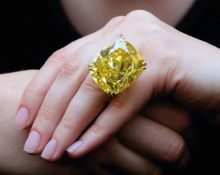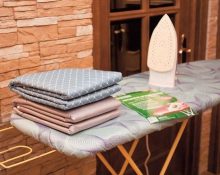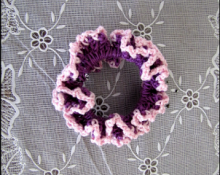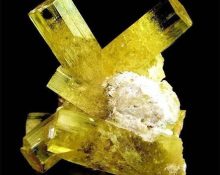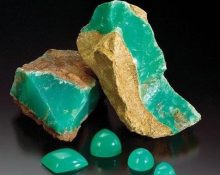In the world of minerals and precious stones, jade occupies a special place. This semi-precious stone has not only unique visual characteristics. It is widely used in various industries - from jewelry to medicine. In this article we will take a detailed look at the varieties of the jade mineral, as well as its physicochemical properties and positive effects on humans.
What kind of stone is jade? This mineral, along with jadeite, belongs to a group of stones known as “jades”. Despite their external similarity, jade and jadeite have different chemical formulas and structures. This makes each of them unique in its own way. In addition to its aesthetic appeal, jade has long been considered a stone with healing properties. People also say that it has the power to attract good luck.
Stay tuned to learn more about the diversity of this amazing mineral, its uses and significance for humans.
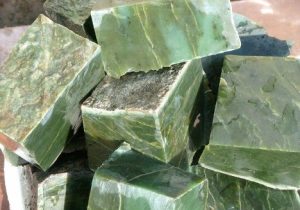
Magical properties of jade stone
Since ancient times, jade has been credited with many magical properties and energetic powers. This stone is widely used in various cultures as an amulet or talisman that brings good luck, health and peace of mind.
Visual characteristics
What does jade look like? The appearance of this mineral can vary greatly depending on its variety and origin. Typically, jade has a smooth and silky surface with a shine. It can be either matte or translucent.
Color palette
What color is jade? This stone can have different shades - from white and light green to dark green and even black. Some specimens may contain inclusions of other minerals, which gives them a unique, multifaceted color.
Magical and energetic effects
It is believed that jade has the ability to improve emotional well-being, strengthen willpower and concentration. In addition to this, it is a powerful amulet for attracting financial well-being and career growth.
- Jade can help combat depression and stress by promoting emotional balance.
- Ancient cultures used this stone for meditation and improving their psycho-emotional state.
Understanding these magical properties of the jade stone in the modern world can be more than just an interesting cultural study. It is also a practical tool for improving the quality of life.
Who is the jade stone suitable for?
Jade is a universal stone that suits almost everyone, regardless of zodiac sign or temperament. However, it is believed that its influence will be most favorable for people born under Earth signs. These are Taurus, Virgo and Capricorn.These signs value stability and harmony, which jade can enhance. In addition, the stone is useful for people involved in meditation or spiritual practices, as it promotes concentration and inner balance.
In addition to its astrological aspects, jade can be beneficial for those dealing with emotional swings, stress, or physical ailments. In traditional Chinese medicine, for example, jade products are used to strengthen the intestines, heal the kidneys and improve the functioning of the cardiovascular system. It is believed that the energy of this stone can improve the general physical and psycho-emotional state of a person.
What color is jade?
The color range of jade is very diverse, and each shade can have its own unique properties and meanings. This polyphony of colors makes jade one of the most recognizable and valuable stones in the world.
Types of stone:
- Green is the most common and recognizable shade of this mineral. Variations can range from light green to deep, rich tones. Green jade is often associated with calmness, relaxation and spiritual development.
- White or cream jade is also quite popular. These shades are often associated with purity, innocence and spiritual harmony.
- Black and gray jades are less common, but no less valuable. They are often associated with power, protection and stability.
- Red and pink versions of the stone are usually associated with love, passion and emotional warmth.
- Yellow and orange jade represent solar energy, optimism and vitality.
What color is jade? The term “jade color” most often refers to the classic green hue of the stone, which can range from light to dark with varying degrees of saturation and transparency.
Each color of jade has its own symbolism and energy characteristics, which makes it one of the most versatile and amazing stones in nature.
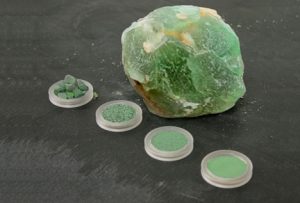
Types of jade
Jade is a term used to describe two different minerals: jade actinolite and jade tremolite, which have similar physical characteristics but differ in chemical composition and structure. The following are the technical varieties of jade, defined on the basis of mineralogical and physical characteristics:
- Jade Actinolite – This form of jade is composed primarily of actinolite and is highly resistant to wear and chemical attack. Usually has greenish or black tints.
- Jade tremolite is a white or light gray mineral high in calcium and magnesium. It is generally less durable than actinolite jade, but has a high degree of transparency.
- Chloromelanite is a type of actinolite jade with a high chlorine content. Characterized by dark green or black shades and high density.
Laurel cherry jade
This type of jade has characteristic green hues and is commonly used to make figurines and other artistic items.
- Jade actinolite: highly resistant to wear.
- Jade tremolite: high degree of transparency.
- Chloromelanite jade: high density and chlorine content.
- Cherry Laurel Jade: Artistic uses and green tones.
Each of these technical varieties of jade has its own specific characteristics and uses, from jewelry to industrial components. A comprehensive analysis of these parameters is necessary to determine the appropriate type of jade for a specific purpose.


 0
0